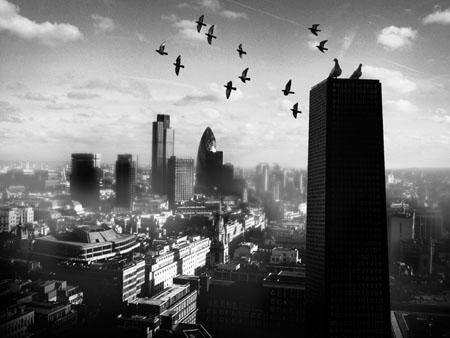Look across London from the summit of Primrose Hill and you'll see the topography of a truly diverse modern city. In the distance, lies the famous dome of Saint Paul's cathedral, and rising up behind it, like a colossus of glass and steel, London's newest skyscraper, Renzo Piano's The Shard. But is something missing from this picture? On the one hand we have a cathedral, a temple of Christianity; on the other, an office building which many people have come to see as a totem of unfettered capitalism. Perhaps neither of these impressive buildings truly represents who we are. In his new book, Religion for Atheists philosopher Alain de Botton argues for an entirely new kind of building, one that might take the place of the church in an increasingly secular society. 'Why should religious people have the most beautiful buildings in the land?' asks de Botton. 'It's time atheists had their own versions of the great churches and cathedrals'.
De Botton has already begun working on the first Temple for Atheists, a huge black tower designed by Tom Greenall Architects which is to rise up among the office buildings in the City of London.
Standing 46m tall, the tower represents the age of the earth, with each centimetre equating to 1 million years. At its base, a tiny band of gold a millimetre thick represents mankind's time on earth.
De Botton suggests that atheists like Richard Dawkins won't ever convince people that atheism is an attractive way of looking at life until they provide them with the sort of rituals, buildings, communities and works of art and architecture that religions have always used.
'As religions have always known, a beautiful building is an indispensable part of getting your message across. Books alone won't do it,' says de Botton.
Do we need secular temples? And if so, what should they look like?







